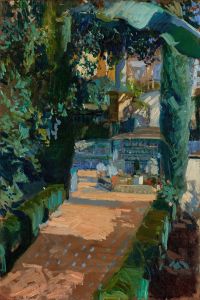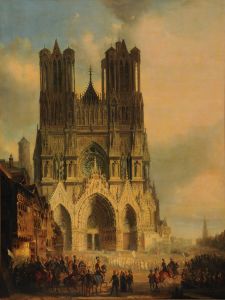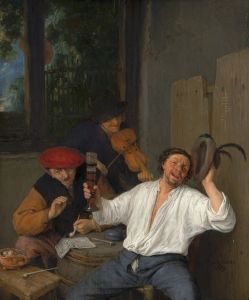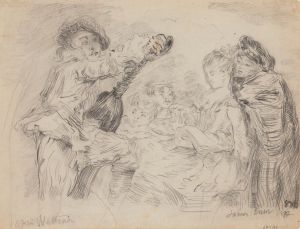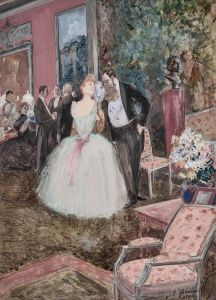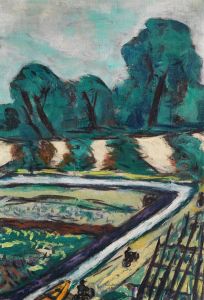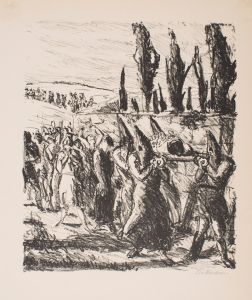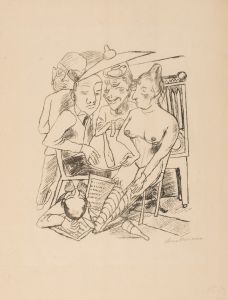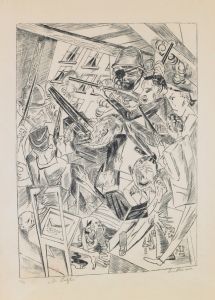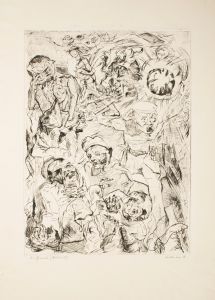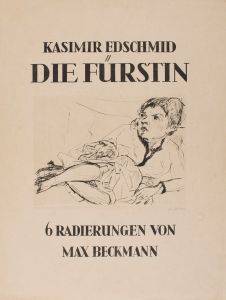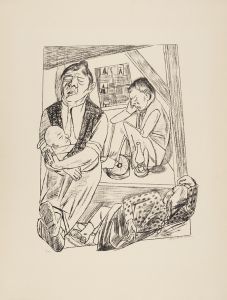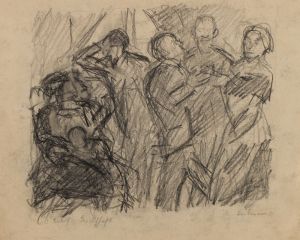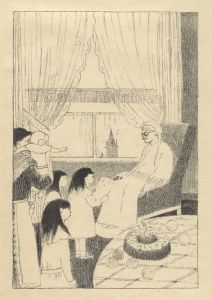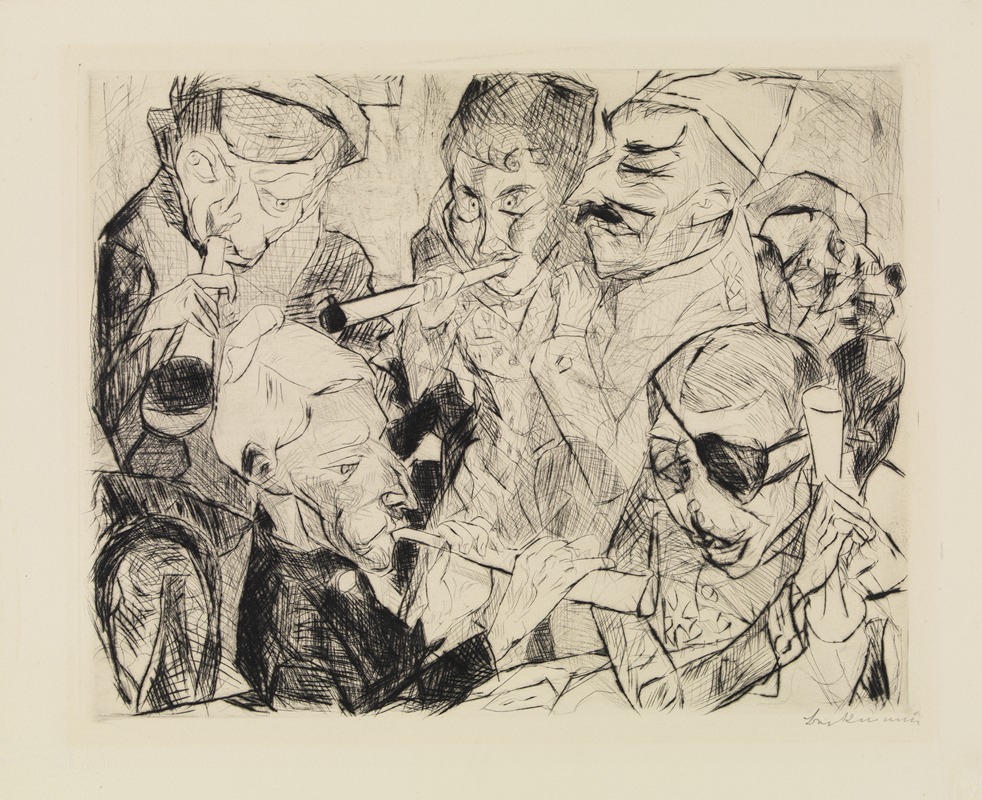
Prosit Neujahr
A hand-painted replica of Max Beckmann’s masterpiece Prosit Neujahr, meticulously crafted by professional artists to capture the true essence of the original. Each piece is created with museum-quality canvas and rare mineral pigments, carefully painted by experienced artists with delicate brushstrokes and rich, layered colors to perfectly recreate the texture of the original artwork. Unlike machine-printed reproductions, this hand-painted version brings the painting to life, infused with the artist’s emotions and skill in every stroke. Whether for personal collection or home decoration, it instantly elevates the artistic atmosphere of any space.
"Prosit Neujahr" is a painting by the German artist Max Beckmann, created in 1943. Max Beckmann, born in 1884 in Leipzig, Germany, was a prominent figure in the German Expressionist movement, although he later distanced himself from the label. His work is characterized by a unique style that blends elements of Expressionism, New Objectivity, and his own personal vision, often reflecting the tumultuous socio-political landscape of his time.
"Prosit Neujahr," which translates to "Cheers to the New Year," was painted during a period of great personal and global upheaval. By 1943, Beckmann was living in exile in Amsterdam, having fled Nazi Germany in 1937 due to the regime's condemnation of his work as "degenerate art." This period of exile was marked by a sense of isolation and uncertainty, which is often reflected in the themes and mood of his paintings from this time.
The painting itself is a complex composition that captures the essence of celebration juxtaposed with underlying tension. Beckmann's use of bold colors and dynamic forms creates a vivid scene that is both lively and introspective. The figures in the painting are depicted in a manner that is both realistic and abstract, a hallmark of Beckmann's style. They are engaged in a celebration, presumably marking the arrival of the New Year, yet there is an air of ambiguity and introspection that permeates the scene.
Beckmann's work often includes symbolic elements, and "Prosit Neujahr" is no exception. The painting can be seen as a reflection on the passage of time, the hope for renewal, and the ever-present shadow of uncertainty that loomed over Europe during World War II. The juxtaposition of celebration with a sense of foreboding may also reflect Beckmann's own experiences and emotions as an artist in exile, grappling with the loss of his homeland and the broader devastation of the war.
Throughout his career, Beckmann was known for his ability to convey complex emotions and ideas through his art. His paintings often contain multiple layers of meaning, inviting viewers to engage with them on both an emotional and intellectual level. "Prosit Neujahr" is a testament to Beckmann's skill in capturing the human condition, blending personal and universal themes in a way that resonates with audiences even today.
Max Beckmann continued to work and exhibit his art until his death in 1950. His legacy is that of an artist who remained true to his vision, despite the challenges he faced throughout his life. "Prosit Neujahr" stands as a significant work within his oeuvre, encapsulating the spirit of an era and the enduring power of art to reflect and transcend the complexities of human experience.





